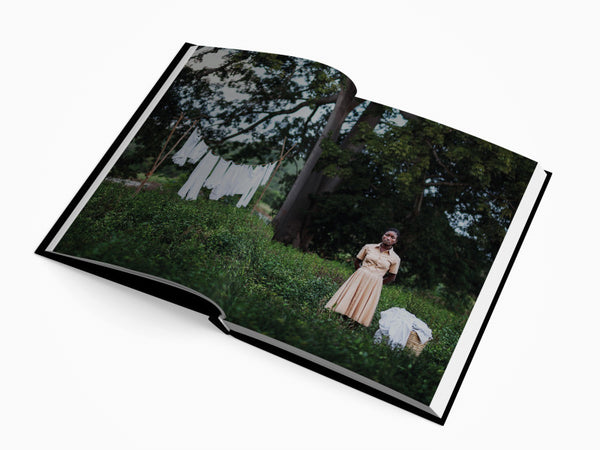






Mara Sánchez Renero
El Cimarrón y su Fandango
KAHL Editions, London — 2022
During the colonial period in the Americas, a “Cimarrón” was a Black fugitive slave who lived a free life in isolated corners of society.
After independence, when slavery was abolished in Mexico, the Afro-descendant population began to group mainly in two parts of the Mexican territory: Veracruz and the Costa Chica. It was in this last one where I had my first encounter with Afro-descendant culture and where I was aware of its importance and invisibility in the history of Mexico; despite being recognized as the third root, it was not until 2015 that the process for its recognition within the constitution began.
Driven by after the first encounter I had with the community, I started the research that gave rise to this project, in which photography was the tool that allowed me to translate into images some historical elements that refer to the current construction of the identity of those who are called Afromexicans.
El Cimarrón y su Fandango speaks to us in an allegorical way of the past of a Black community and its journey through colonial history, its integration into the territory and its current sense of identity within it.
— Mara Sánchez Renero
Photos: Mara Sánchez Renero
Texts: Mara Sánchez Renero & Aleida Violeta Cisneros
Editor: Sarah Kahloun